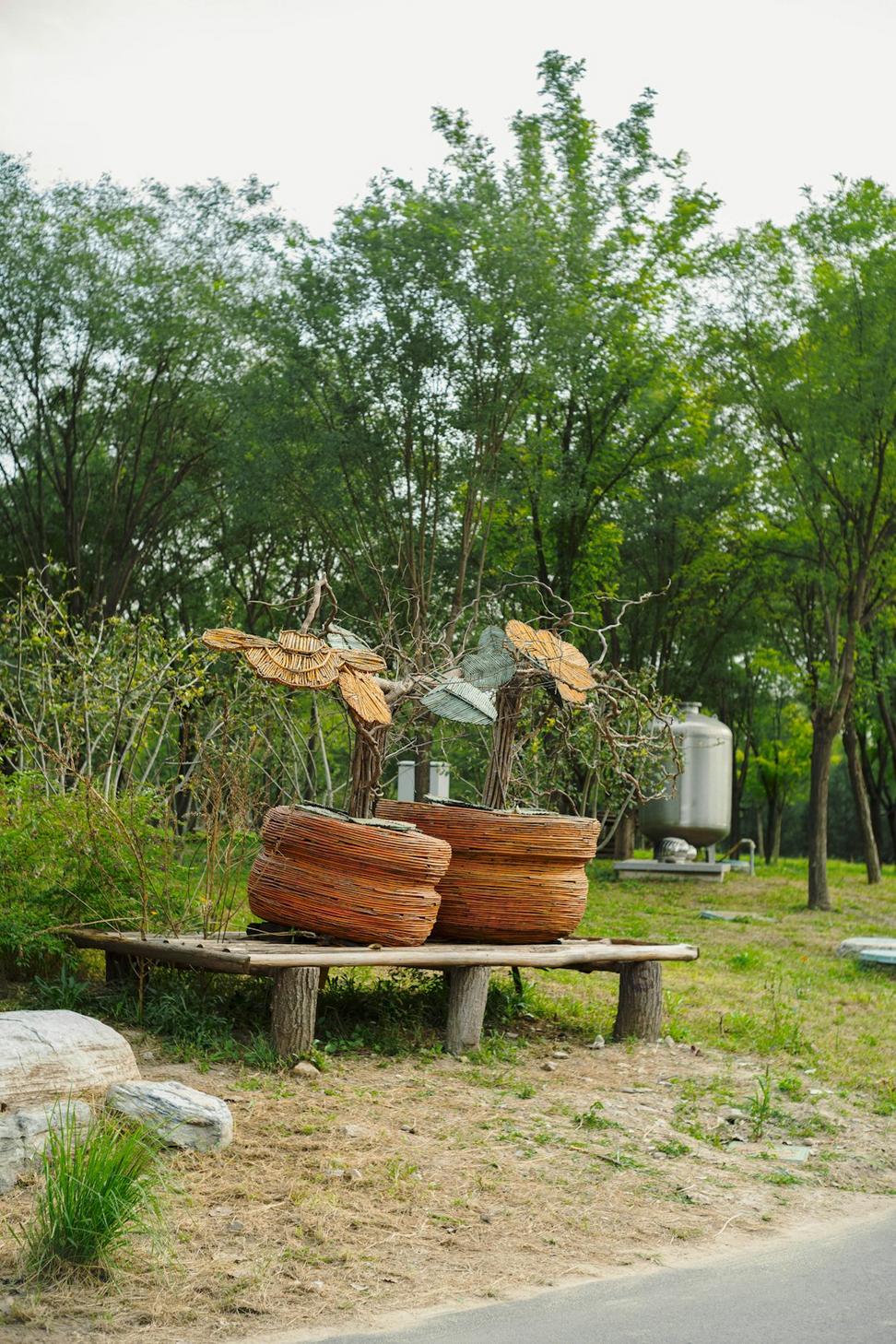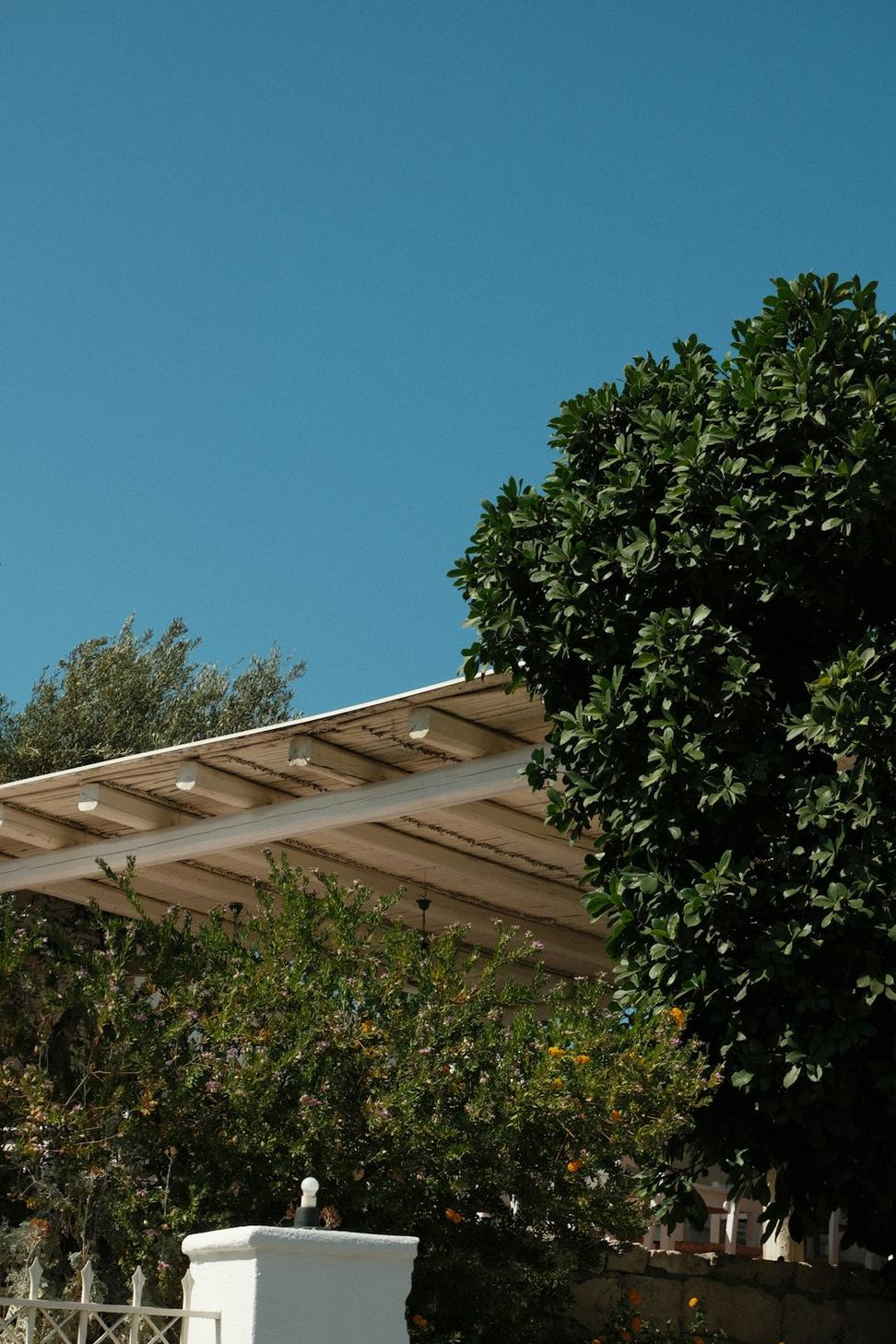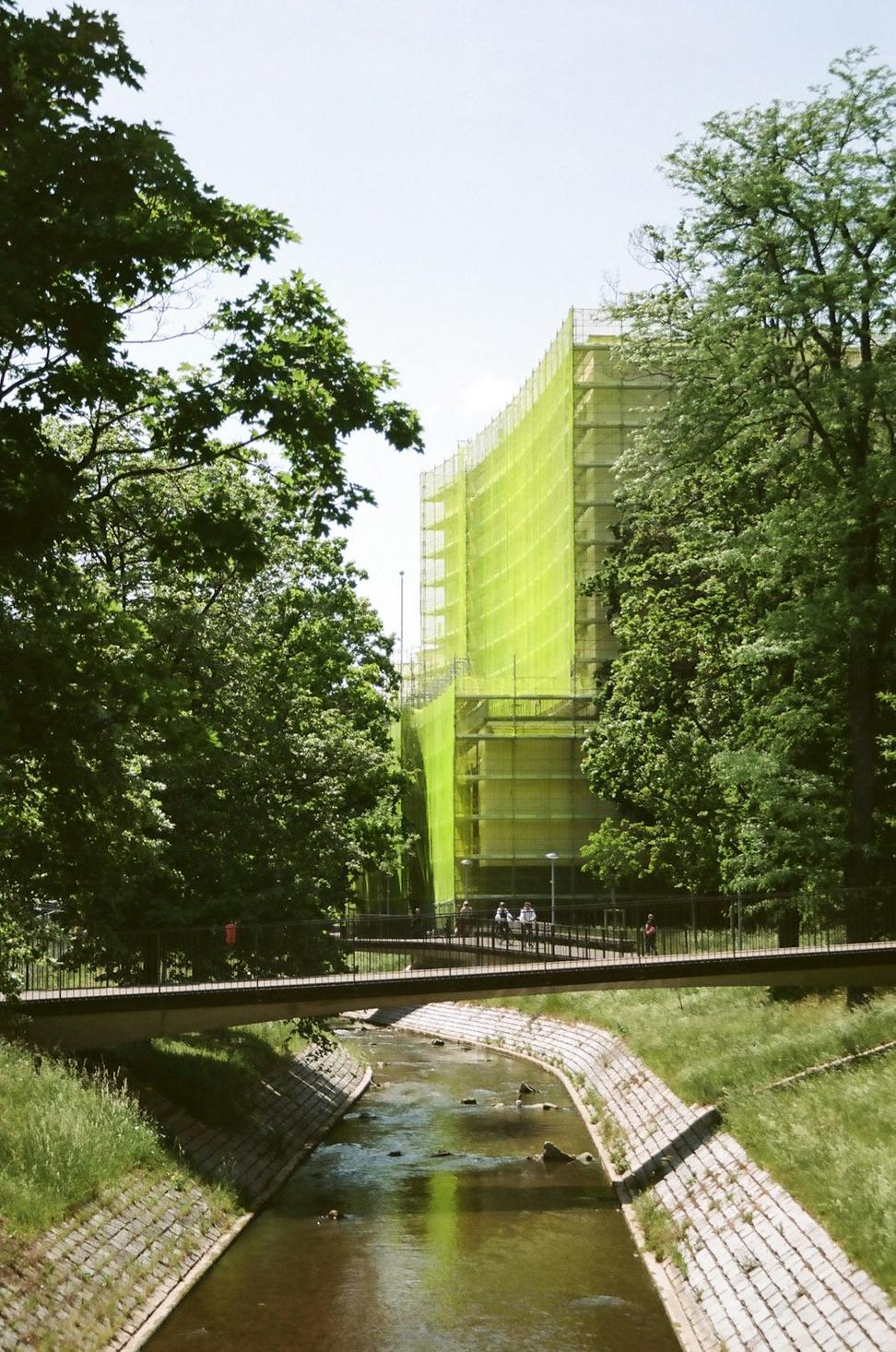Honestly? It Started With a Question
Back in 2015, we asked ourselves: "Why are we designing buildings that fight against nature instead of working with it?"
That question changed everything for us. Now we look at every project through a different lens - not just "Can we build this?" but "Should we build this, and how can we do it without messing things up for the next generation?"

What We Actually Mean by "Sustainable"
Look, we've all heard the buzzwords thrown around. But here's what sustainability means in our studio:
- Using materials that don't require shipping halfway across the planet
- Designing spaces that need way less heating and cooling (your wallet will thank us)
- Keeping old buildings alive instead of bulldozing them for something "modern"
- Making sure your grandkids can use the building without major renovations

